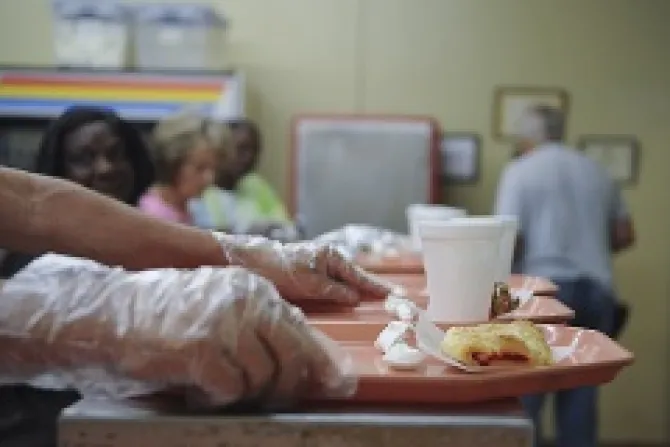Baltimore, Md., Apr 21, 2013 / 15:06 pm
Catholic Relief Services is supportive of a proposal to make changes in the way that government food aid is delivered internationally, provided that it has long-term provisions that will not be subject to annual budget debates.
Recently, the Obama administration proposed shifting the model for international food aid. Under the current model, money is used to purchase food produced in the U.S. and ship it overseas. The new proposal would rely more heavily on purchasing food locally in impoverished and disaster-stricken nations.
"This set of reforms offers a great deal of flexibility and ways to make food programming more efficient and to enable us to use our local purchase mechanism to support the local farmer and the household which needs food," said Lisa Kuennen-Asfaw, Catholic Relief Service's public donor group director.
"But the concern we are raising is that there's got to be an authorizing framework in place to make sure that it's a consistent program available year upon year....that the vehicle for this funding stays in place," she told CNA on April 18.




